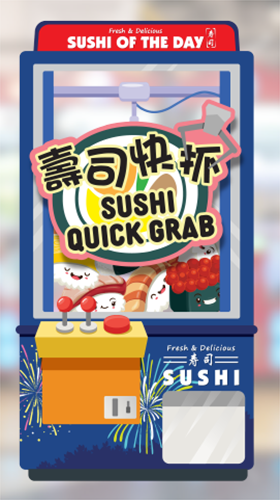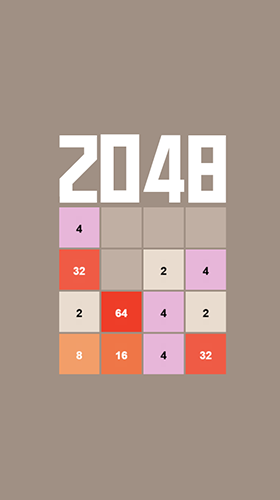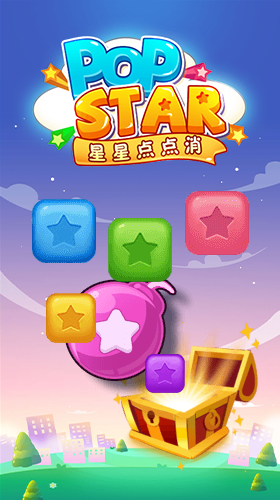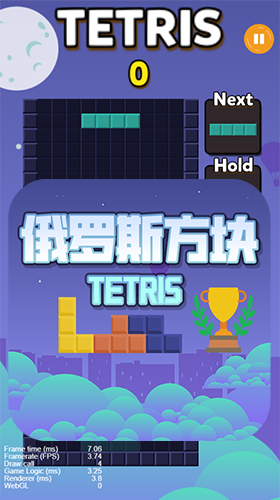Game Interaction: Close Engagement with Brands!
Benefits of Brand Games - Data Revealed
Here are some data showcasing the benefits of brand games in various aspects:Want to easily create a custom brand game?
Click to try our game templates—no programming needed, fast and low-cost, easily customizable, effectively enhancing brand interaction and marketing results!





Quick Links
Integrate game elements into marketing activities to enhance user engagement and experience.
API Integration
Connect the game with your CRM or other marketing systems via API for data tracking and analysis.
QR Code
Generate a unique QR code for easy customer access to the game, improving participation convenience.
Customized Solutions
We offer tailored solutions to meet your specific needs, creating a unique gaming experience.
Gamified Marketing to Enhance Brand Engagement
In today’s competitive market environment, how can brands effectively enhance customer engagement? This has become key to marketing success.
More →
Gamified marketing can be applied in various ways across online and offline scenarios, such as:
·Points Rewards: Customers earn points for purchases or participating in activities, which can be exchanged for prizes or discounts.
·Leaderboards: Encourage competition among customers to boost participation enthusiasm.
·Virtual Badges / Achievement Systems: Satisfy customers' desire for achievement and collection.
·Interactive Mini-Games: Convey brand messages in a fun way to deepen customer impressions.
·Social Sharing: Encourage customers to share game results, expanding brand influence.
Successful examples include Starbucks’ "My Starbucks Rewards" program, which effectively enhances customer loyalty and sales through star accumulation for rewards. The Nike Run Club app motivates users to keep exercising with virtual challenges, badges, and community interaction, strengthening brand connection.
Gamified marketing is not just about game design; it requires a deep understanding of the target audience, brand positioning, and marketing goals to develop effective strategies. A professional gamified marketing solution can help brands stand out in the market, creating higher customer engagement and business value.
Interactive Learning to Improve Student Outcomes
Traditional one-way teaching no longer fully meets the needs of today’s students. Interactive learning focuses on active student involvement and exploration, using various interactive approaches to boost interest and improve results.
More →
Benefits include:
·Higher motivation: More engaging environments that spark curiosity.
·Better understanding: Hands-on activities and discussions deepen knowledge.
·Critical thinking: Encourages questioning and problem-solving.
·Teamwork: Builds communication and collaboration skills.
·Personalized learning: Adapts to each student’s pace and needs.
Common methods include:
·Online platforms with interactive lessons and quizzes.
·VR and AR for immersive experiences.
·Gamification to make learning fun.
·Group work to support peer learning.
Studies confirm interactive learning raises motivation and achievement. As technology evolves, it will become even more important in education.
Brand Games: Engaging Customers to Build Brand Loyalty
In today’s digital world, brands need strong connections with customers. Branded games offer an innovative way to create immersive experiences that boost brand loyalty.
More →
Common types of branded games include:
·Puzzle games: Challenge players while featuring brand elements.
·Action games: Offer exciting gameplay to energize the brand.
·Simulation games: Let players try products virtually.
·Strategy games: Combine strategic thinking with brand storytelling.
Success depends on:
·Fun gameplay: Keep players engaged and challenged.
·Natural brand integration: Avoid forced branding.
·Target audience focus: Design games to fit player preferences.
·Data use: Analyze player behavior to improve the game.
Well-crafted branded games help companies increase brand awareness, favorability, and loyalty, standing out in competitive markets.
Case Analysis of Brand Games: Best Practices from Successful Examples
Branded games are increasingly popular, with many brands achieving success through gamified marketing strategies. Below are a few successful cases offering valuable insights:
More →
·Case 1: M&M's "Eye Spy" Game: A simple online game where players find M&M's candies of a specific color, boosting brand exposure and customer engagement.
·Case 2: Nike Run Club App: Uses virtual challenges, badges, and social interaction to motivate users to keep exercising while strengthening brand connection.
·Case 3: Starbucks "My Starbucks Rewards": A gamified points and rewards system that successfully increases customer loyalty and sales.
Key Best Practices from These Cases:
·Clear Objectives: Define the game’s goals upfront, such as increasing brand awareness, driving sales, or collecting customer data.
·Simple Rules: Keep game rules easy to understand for quick player adoption.
·Attractive Rewards: Offer valuable incentives like discounts, gifts, or exclusive content to encourage participation.
·Social Sharing: Encourage players to share their achievements to expand brand reach.
·Data Tracking and Analysis: Continuously monitor game data and player behavior to optimize the game strategy.
Future Trends of Brand Games: Metaverse, AR/VR, and Personalization
Brand games continue to evolve, driven by emerging technologies that open up new possibilities. Key future trends include:
More →
·Metaverse Integration: The rise of the metaverse offers brands immersive and interactive virtual experiences like virtual concerts, stores, and product showcases.
·AR/VR Applications: Augmented and virtual reality blend virtual and real worlds, allowing players to find virtual treasures in real settings or experience products virtually.
·Personalized Gaming: Advances in data analytics enable brands to tailor game difficulty, rewards, and content to individual player preferences and behaviors.
·Games as a Service (GaaS): Brand games shift from one-time campaigns to ongoing services with regular content updates, new modes, and events that sustain player interest and build long-term customer relationships.
·E-commerce Integration: Games can link directly to shopping platforms, embedding purchase links or offering discount coupons within the game to drive sales.
These trends will bring greater innovation and opportunities for brands to engage customers more deeply.
How to Create Successful Brand Games: Strategic Planning and Execution
Creating successful brand games requires careful strategy and execution. Key steps include:
More →
·Define Objectives: Set clear goals such as increasing brand awareness, boosting sales, or collecting customer data.
·Understand Target Audience: Know the preferences and behaviors of your audience to design games that meet their needs.
·Choose the Right Game Type: Select game genres like puzzles, action, or simulation based on your goals and audience.
·Design Engaging Mechanics: Ensure the game is fun and challenging to keep players interested.
·Integrate Brand Elements Naturally: Embed branding seamlessly to avoid intrusive advertising.
·Select Suitable Platforms: Choose platforms that best reach your audience, such as websites, mobile apps, or social media.
·Promote Effectively: Use social media, advertising, and PR to spread the word about your game.
·Track and Analyze Data: Continuously monitor player behavior and game performance to refine your strategy.
·Maintain and Update: Regularly add new content, modes, and events to keep the game fresh and engaging.
Following these steps helps brands create successful games that boost customer engagement and achieve marketing goals.



